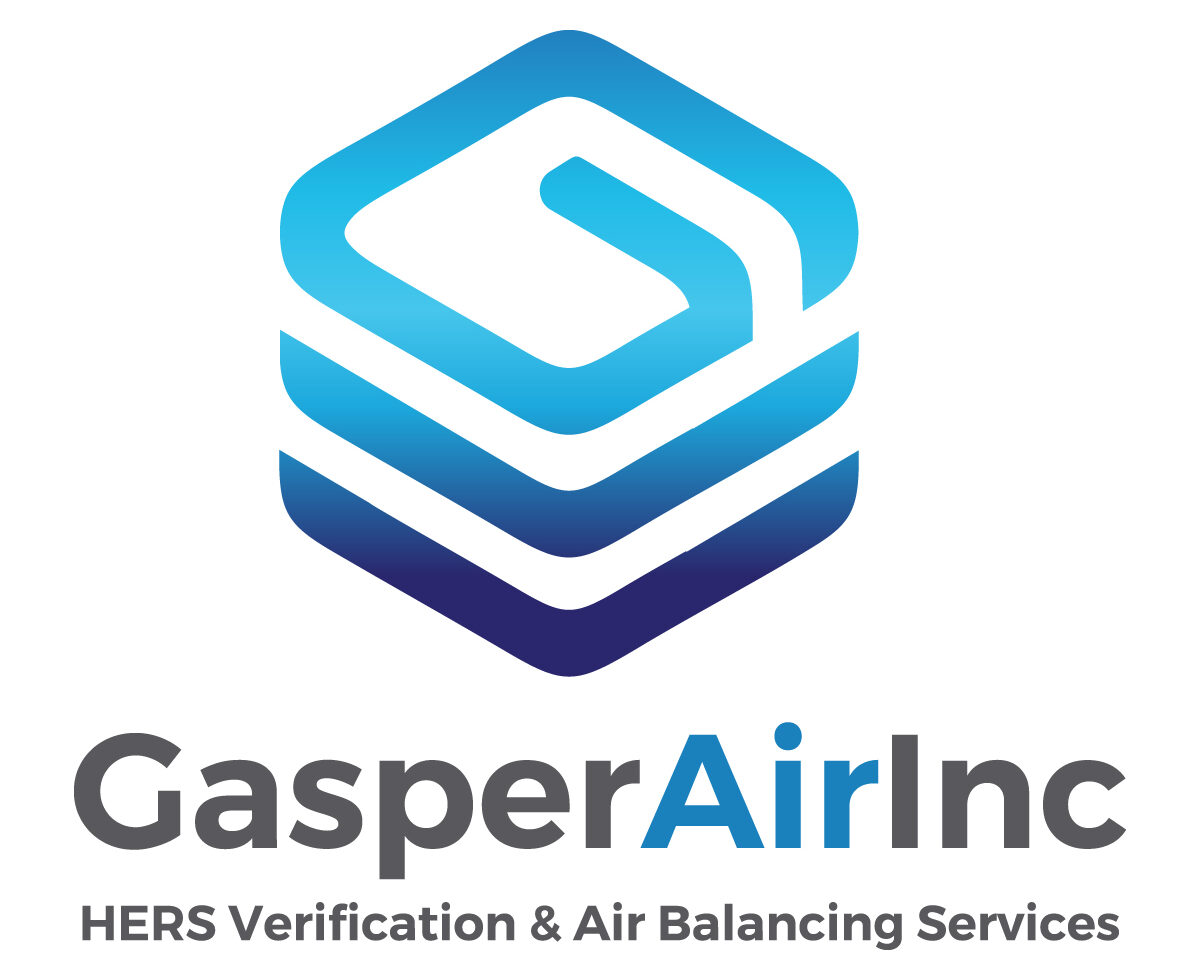PROCEDURES REQUIRED TO PASS A DUCT TEST
Supply and Return Plenums:
- This includes all types of plenums in any application. All caps and seams of the plenum should be Glenkoted, foil tapped, or sealed in some way (knock on caps, Pittsburgh seams, spot-welded seams, etc). Start collars are also a major source of leakage that need to be addressed.
Ceiling cans and floor boxes:
- This includes all types of boxes and cans installed in any application (ceiling, high wall, floor, low wall etc.). All spot-welded seams and collars need to be Glenkoted or sealed in some way on each can. The spaces between plastered ceilings, walls, floors (hardwood, etc.) and cans need to be filled in with caulk prior to register installation. This practice also needs to be applied to ceiling and floor return plenums.
- Please note – On equipment changeout only jobs when you are responsible for a 15% duct test, you need to:
- Examine original start collars and plenum caps and seams for proper seals
- Remove all existing registers and examine the gap between the plaster and
the can. If there are air gaps, they need to be addressed.
- On some homes, the original plaster and dry wall contractors may have
mudded tight to the cans. You need to check for this.
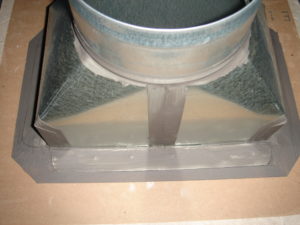
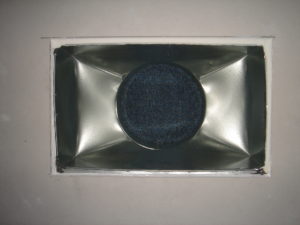
Upflow Platforms:
- Upflow platform must also be sealed. They must be lined and sealed with Duct Board or Sheet Metal. As seen below, this platform was lined with sheet metal and sealed with duct mastic.
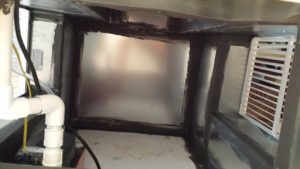
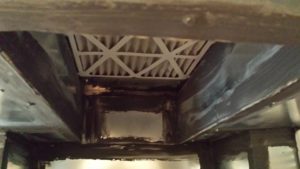
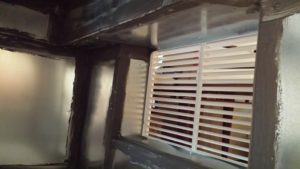
Fittings (e.g., TY’s and Elbows):
- All TY’s, elbows, tapers, misc. fittings, etc., need to be Glenkoted or sealed in some way.
Cased Coils and FAU Blower doors:
- Unfortunately, most manufactured cased coils and FAU’s are not duct test friendly. I recommend using foil backed taped when sealing 2 and 3 piece cased coil doors (this way they can be easily accessed in the future). Also, the spaces around the condensate drains and freon lines need to be sealed. You can use any kind of cork tape, foil tape, etc.
Furnace blower doors are another area of concern. Most manufacturers don’t use any weather stripping in this area. You need to tape the blower door to the furnace with any type of approved tape.
Code approved tapes and ties:
- New code requires the use of NON-CLOTHED backed tape (Venture Tape 1599B) used in conjunction with zip ties. This procedure is a standard HERS verification.
